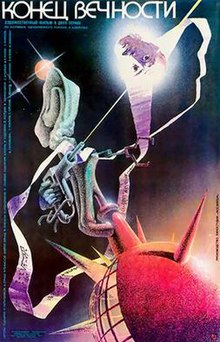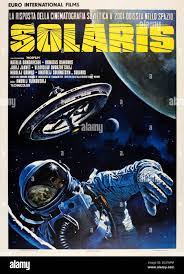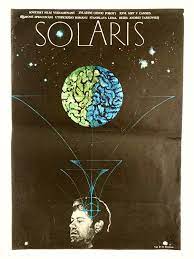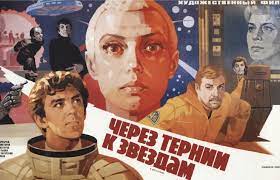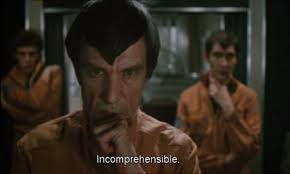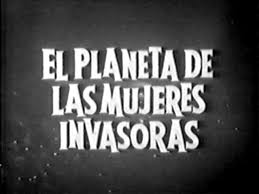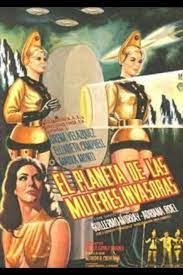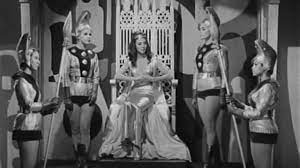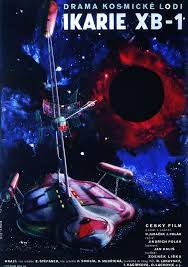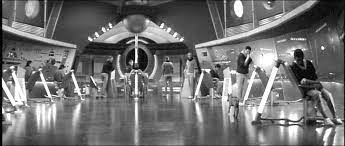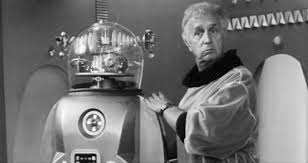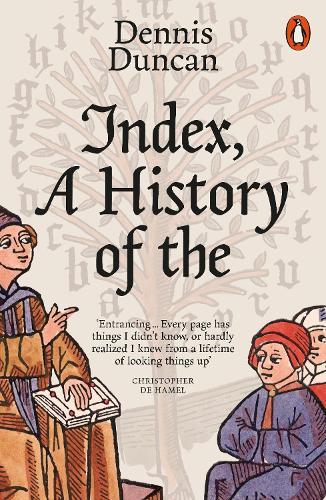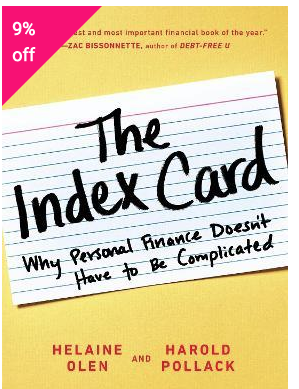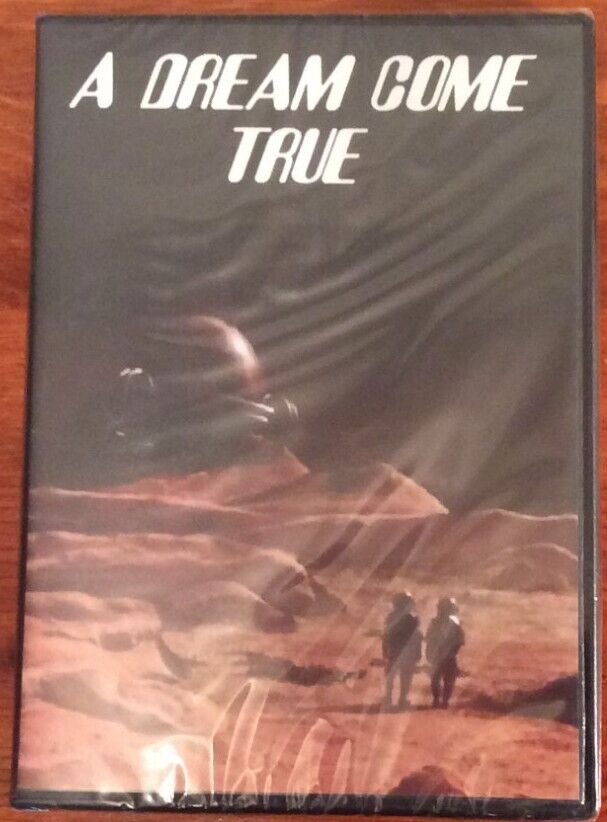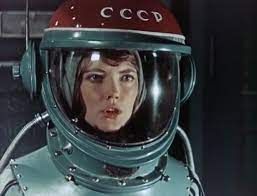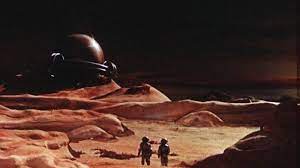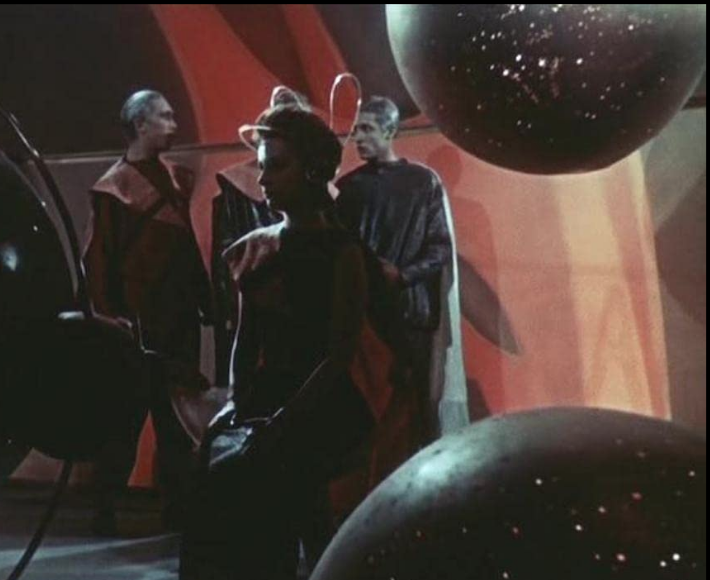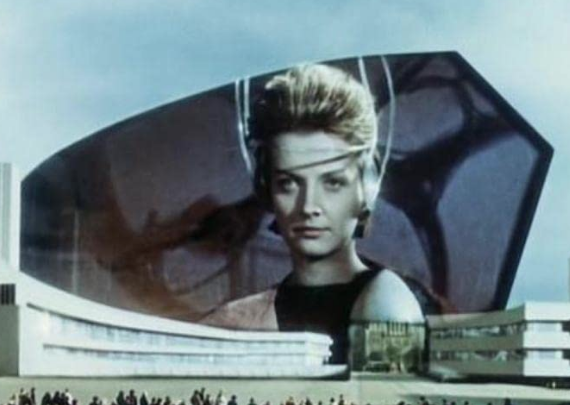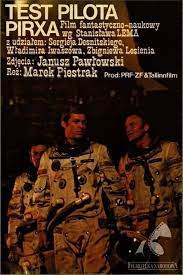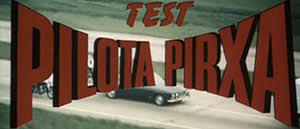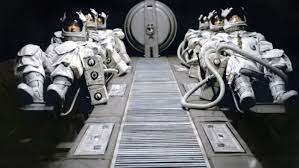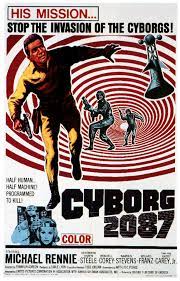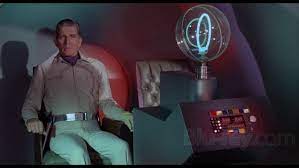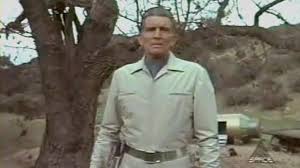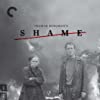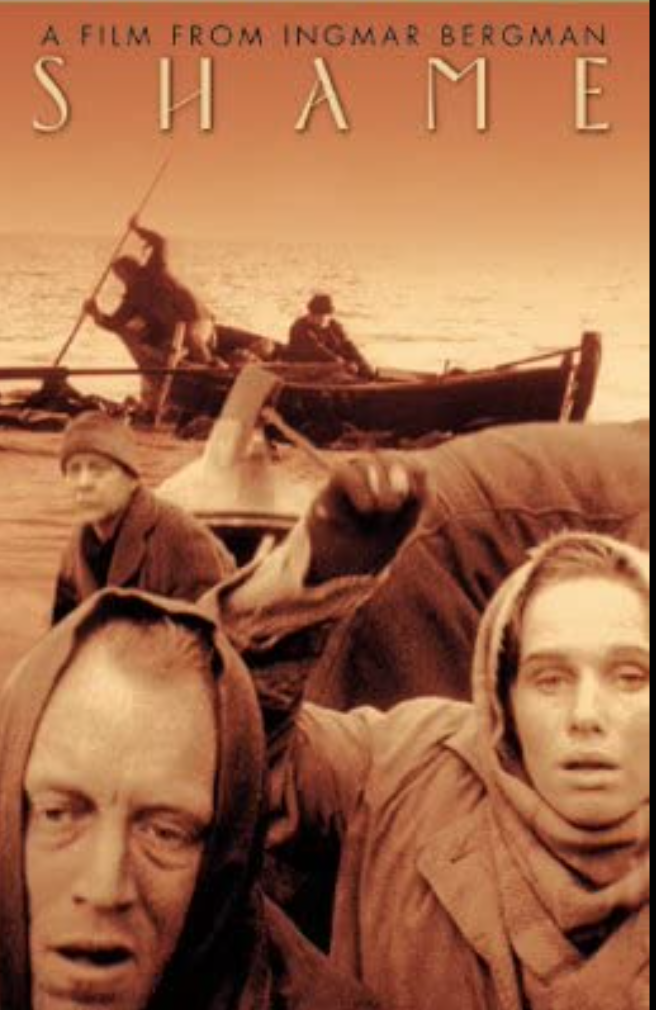The End of Eternity (1987)
Konets vechnosti
IMDb runtime of 2 hours and 17 minutes, rated 6.0 by 242 cinematizens.
Genre: Sy Fy; Species: Red; Sub-species: Asimov.
Verdict: Excellent!
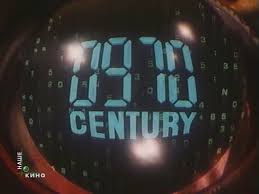
Harlan works at the AllWhen Council with the Eternals who regulate TIME to ensure smooth sailing from Past to Future to Past again for the Timers who live and die there. Dr Who is a stringer for this organisation.
Viewers gradually piece this puzzle together because there is no numbing exposition at the beginning. Hurrah! It just goes…..
Harlan is so inexperienced, so cloistered, so innocent, so naive that of course he thinks he knows everything until Woman. The first one he sees drains all the blood from his head and sends him over the edge. Adam when he saw Eve was sober and restrained compared to Harlan whose drool is embarrassing. She is a Timer who somehow works for the Council, too, and together….they do what men and women have done since time began. This is strictly forbidden twice over, once because Eternals cannot do this period, and they certainly cannot do this with a Timer. I heard an echo of Orwell’s Nineteen Eighty-Four here about waist down rebellion.
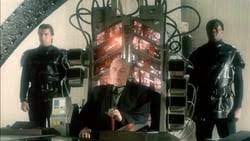
It was made in the USSR in 1987. Yet much of it seems criticism of a regimented society so dedicated to good that it makes things bad in its clumsy efforts. The AllWhen Council parallels, it would seem, the Politburo, removed from reality, devoid of empathy or sympathy, and in reality dedicated more to preserving itself than doing any good. In the Council zone, which looks like a giant factory, there are black-uniformed police frowning every hundred meters. Informers work among the time-tinkering Technicians to be sure discipline remains perfect. Creativity is stamped out as dangerous. Iron discipline, sacrifice for the greater good, and pitiless discipline are the watchwords of the Eternals. The only thing lacking is an external enemy in the evil capitalist west.
The Eternals are just that and so have an eternity of committee meetings, budget reports, and cantankerous colleagues with which to contend. One of Kim Stanley Robinson’s Mars trilogy, perhaps Green Mars, is really good on this trade-off, more and more life….with more and more meetings with the same irritating people doing that same damn dumb things for centuries.
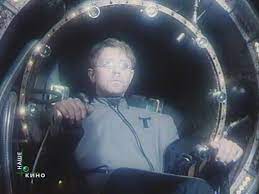
What follows is part mystery and part science fiction as the coupling couple takes flight and discover the corruption endemic in the all-powerful and unaccountable AllWhen Council, read Politburo. For those that want the Cliff’s Notes version, eternity ended for Harlan when he fell in lust. In that emotional state he could not longer be an eternal – cold, detached, judicious, uninvolved, disinterested – and all those qualities of a Platonic philosopher-monarch. Although it might be remarked that Dr Who seldom manifested these qualities.
In the film three distinct periods are presented, first, is the timeless AllWhen Council zone, then the 48th Century where music emanates from wine in glasses, and the Twentieth Century. Each was done very effectively even if the sets are small and repetitive. What matters is that they are distinctive and resonate of what they are supposed to be. There is no big budget in sight. Better, no Anderson fashions or toys.
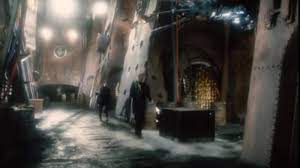
This film is on You Tube in poor quality video (in two parts) and I cannot find it anywhere else. Perhaps because of the rush of history in 1989 this movie may never have been shown at the Moscow Film Fesitval, or the one in East Berlin, and so was not seen by Western producers looking for cheap fodder, because this would surely have been snapped up. Maybe glasnost killed it. Irony check.
There is also an earlier Hungarian version on You Tube but it does not have subtitles and our three days in Budapest a few years ago did not leave any Magyar behind.
The film derives from, but doubtless paid no royalties for, the eponymous 1955 novel by Isaac Asimov. While I have read many of his works since a teenager, this title was unknown so I did what we evil western capitalist do and went shopping. Lo, I could not find it for the Kindle and I tried, believe me. Yes, I know it listed as Kindle on the Amazon US web site but with a sidebar that says Unavailable. Very few of his titles are available for Kindle. Odd that for future man to find his books in the past format alone.
In the end I gave up.

